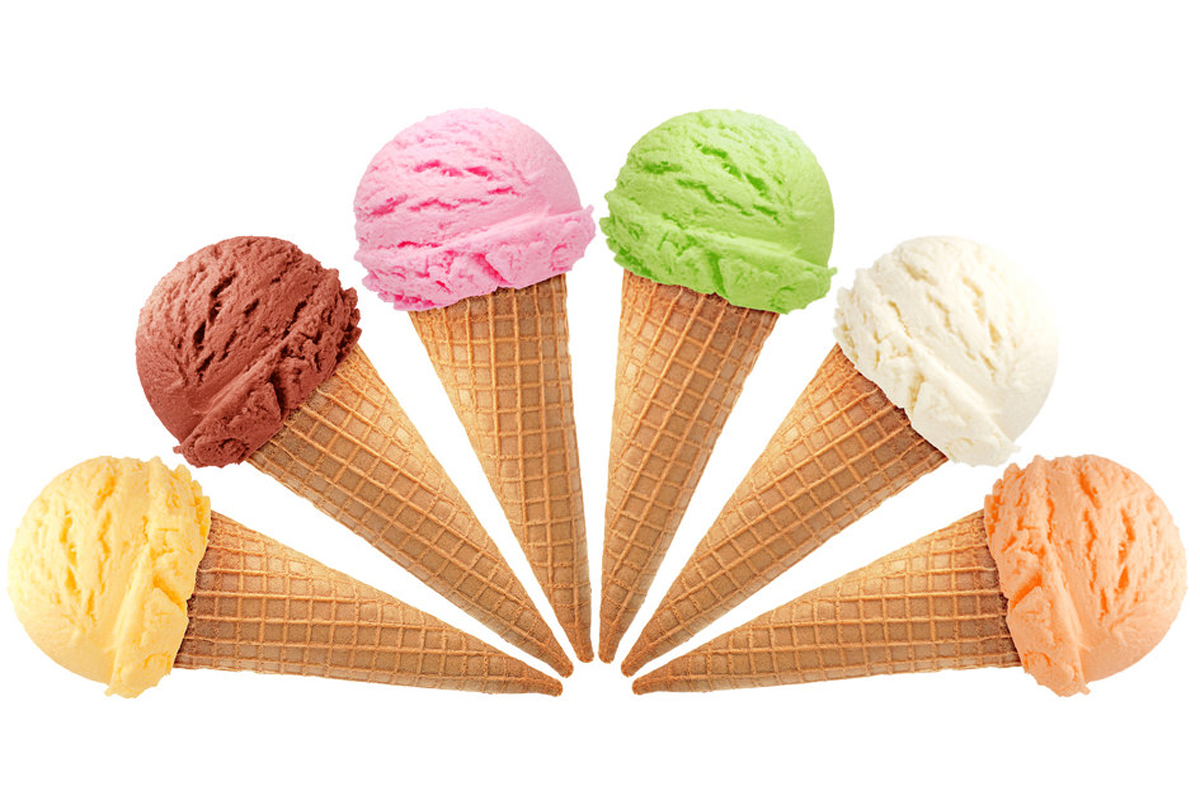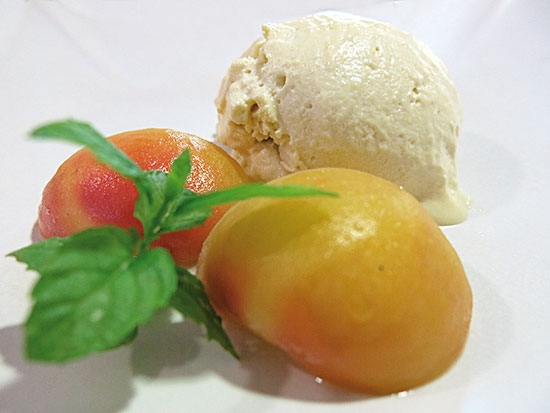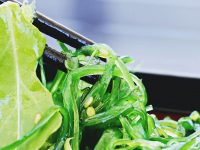
Charlie and the Chocolate Factory was a movie we saw several times at home: perks of raising children. The boundless imagination of Roald Dahl, author of the book in which the film is based, comes together with that of Tim Burton. Legend traces the origin of the book in the time when Dahl studied at Repton School. Cadbury, the leading producer of chocolate in the UK along with Rowntree’s, sent samples of their new products to school. The competition between both companies was fierce: keeping their production processes secret and spying on each other. Dahl fantasized about inventing a new chocolate bar that would astonish Mr. Cadbury himself and, in the book, he recovered some of those dreams: cows produce chocolate milk, sodas makes you fly, square candy turns round, chewing gum never loses its flavor…
Concerning ice cream, Dahl imagined one that would never melt and was therefore always cold. Unfortunately, that ice cream will always be a product of the imagination: an ice cream must melt to cool us. The cooling sensation originates in the transfer of heat from our mouth to the ice cream, and most of the heat transferred is precisely used to melt ice…
An ice cream can be defined as a preparation which is solid or semisolid due to the action of freezing. We have two main groups: water-based products like slushies and sorbets, and dairy products made with milk and cream. Both types have common features: they contain ice, are sweet and have distinctive flavours. The difference lies in the arrangement of components at the microscopic level: in their microstructure.
To prepare a slush, we just neet to mix the ingredients and freeze the preparation: upon cooling, ice crystals made of pure water are formed, which are dispersed in a highly viscous solution of water with increasing sugar concentration, called matrix. In the typical sorbet we have 75% ice and 25% matrix. The situation, however, is different in dairy ice cream: simply mixing the ingredients (whole milk, whipping cream, sugar and vanilla) and putting the preparation in the freezer is not enough to create vanilla ice cream. This is because in this case the process determines its microstructure, and the sensations we experience eating the ice cream are the manifestation of such microstructure.
«It is the microstructural components that make a dairy ice cream so desirable: ice, air bubbles, fat and a viscous matrix»
Three steps are required to make a dairy ice-cream. First the ingredients are mixed; then, the preparation is frozen with constant stirring; finally, the preparation is cooled down to storage temperature. The fundamental step in which the microstructure of the ice is generated is the second, freezing while stirring, which is carried out in an ice cream maker. The stirring introduces air in the preparation, and the air bubbles stabilise thanks to the milk proteins and the fat droplets which stay on its surface. As the temperature of the mix decreases, ice crystals are formed, and the sugar concentration and viscosity of the matrix increases. The cooling ends when the mixture temperature is -5º C, and then the ice cream is given the desired shape and quickly cooled down.
The final result is a composite of ice crystals (30% of the volume, with a typical size of 50 microns, ie, 50 thousandths of a millimeter), air bubbles (50% of the volume, with a typical size of 60 microns) and fat droplets (5% of the volume, typically one micron size) dispersed in a very viscous matrix (15% of the volume). And those microstructural components make a dairy ice cream so desirable: the ice cools the mouth when it melts; air bubbles provide the soft texture; fat stabilizes air bubbles and confers creaminess; the matrix brings all the other elements together.
The higher the ice content, the more refreshing it is: in a very hot day, we usually choose a slush, with 75% of ice, instead of a dairy ice cream, with 30% ice. So no, for now, the ice cream that would never melt Roald Dahl imagined does not exist: pleasure is always ephemeral, the only certainty is uncertainty…
 Olive Oil Ice Cream
Olive Oil Ice Cream
When I said I would write about ice cream, some acquaintances tried, of course, to tip the scales towards their favourite flavour: some opted for chocolate, others chose red berries, many preferred vanilla… The boldest mentioned liquid nitrogen. I had to look for an ice cream book, and I found the recipe for the olive oil ice cream: the author described it as delicious. I immediately thought of using Lágrima, a superb extra virgin olive oil extracted in the Viver Cooperative using olives of the Serrana variety.
Ingredients
1 can of evaporated milk, 100 grams of sugar, a pinch of salt, 250 ml of whipping cream, 6 egg yolks, 125 ml of olive oil.
Method
Separate the yolks from the whites. Heat the milk, sugar and salt in a pot. Beat the egg yolks in a bowl. Place the cream in a different bowl. Gradually add the hot mixture to the egg yolks, stirring constantly. Return the mixture to the pot. Stir continuously with a heat-resistant spatula while heating gently, without boiling, until the mixture is very thick. Add the cream through a sieve, and stir well. Gradually add the oil while stirring vigorously. Cool the mixture into an ice bath and then leave four hours in the refrigerator. Prepare the ice cream with an ice cream maker machine. Presentation suggestion: accompany with honeyed roasted apricots and white wine.
REFERENCES
Clarke, C., 2004. The Science of Ice Cream. The Royal Society of Chemistry. Cambridge.
Douglas Goff, H. and R. W. Wartel, 2013. Ice Cream. Springer. New York.
McGee, H., 2007. La cocina y los alimentos: enciclopedia de la ciencia y la cultura de la cocina. Debate. Barcelona.

 Olive Oil Ice Cream
Olive Oil Ice Cream



